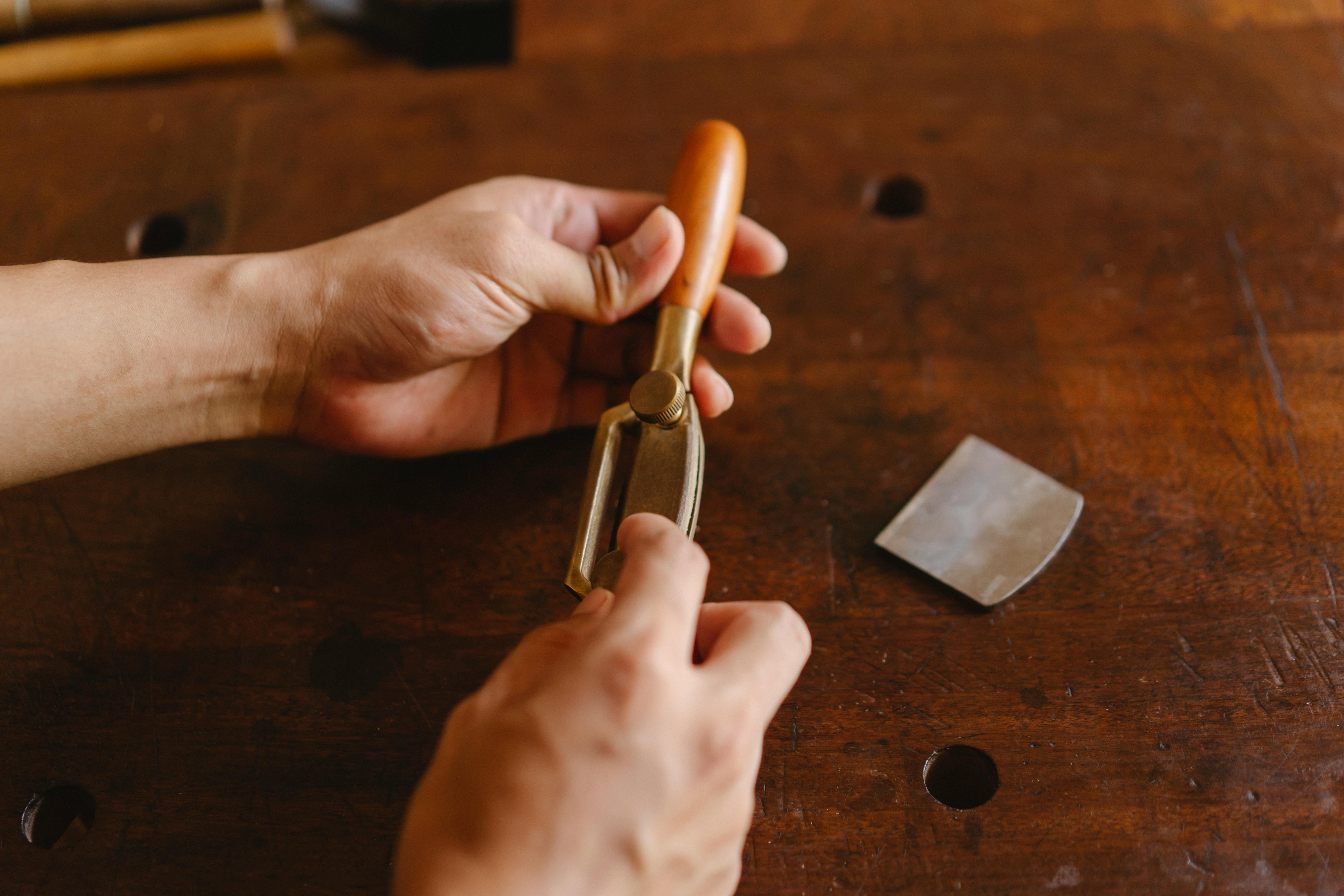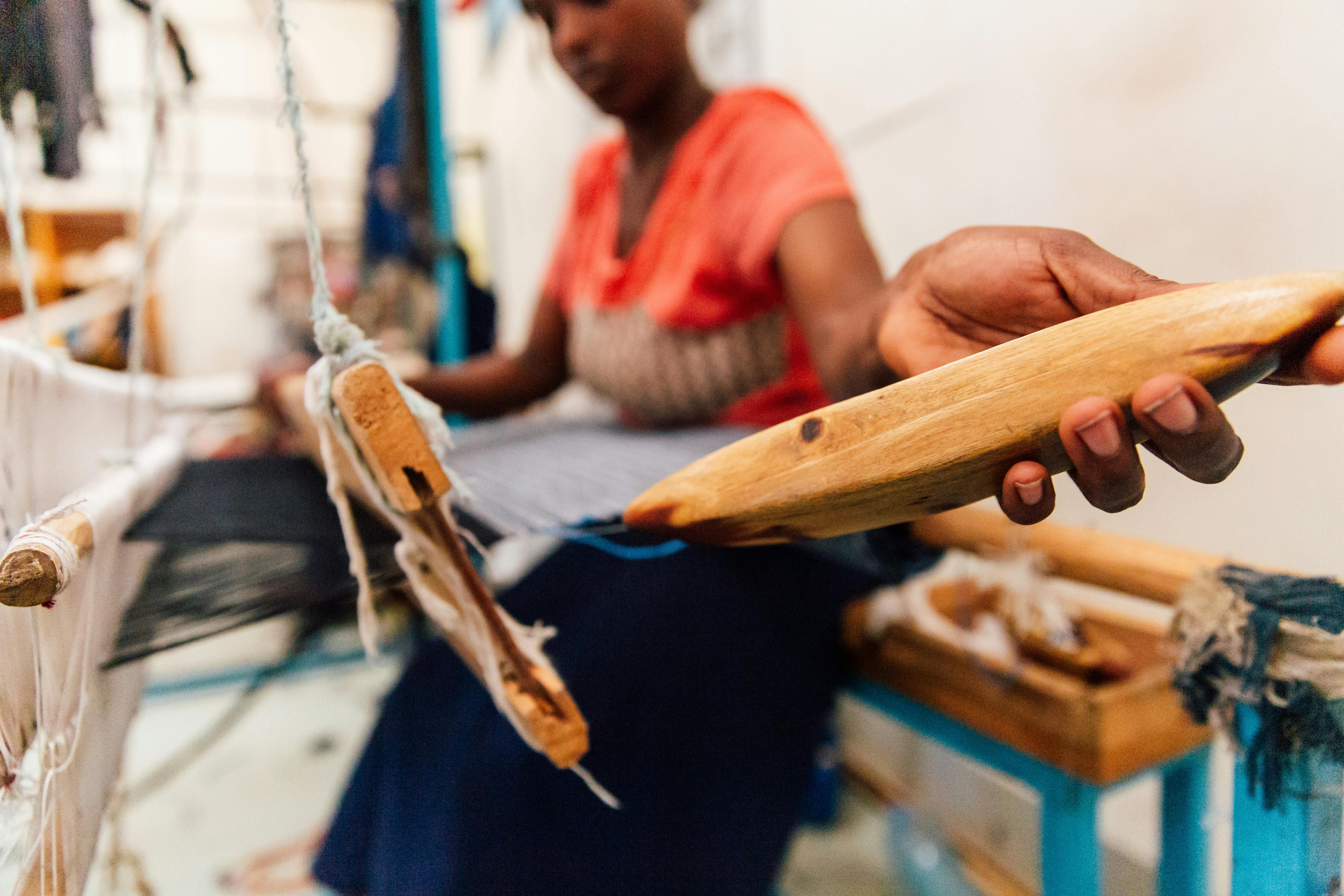Once the powder has been applied to the component, it is heated. When heated, the powder film will first melt, flow and adhere to the substrate being coated. Continuous heating will “cure” the dust; curing involves a chemical reaction called “crosslinking” and the resulting “cured” coating, like the original powder, will not melt or dissolve in solvents; forms the protective coating we are looking for.
Most powders cure around 180 ° C and should be at this temperature for around 10 to 12 minutes and this time does not include heating or cooling of the component, but is the dwell time – the time the component must hold at the proper temperature for curing to take place.
Oven dwell time and temperature will vary based on component size, atmospheric conditions, and manufacturer’s recommendations for that particular product.
The most commonly used methods of heating powder coatings are convection and radiation, both of which involve passing the component into or through the heated area of an oven to melt and cure the powder film. The ovens will normally have an extractor to purge the chamber of the small amount of off-gas produced during the curing process.
Convection curing
This type of curing is by far the most popular method used in curing powder coatings. The component will fully heat up to the required temperature where curing will take place. This type of furnace generally consists of a large insulated box in which the pieces will be placed for curing, or a tunnel through which the pieces travel, through heat seals, to the main chamber of the furnace.
Radiation curing
This type of curing is particularly suitable for flat panels with little or no kinked edges and is a faster alternative to convection curing. This type of oven is typically a bank of radiant panels on either side of a conveyor through which the pieces travel and are subsequently cured.
When the powder film is fully cured and cooled, it is ready for its intended use and final assembly.



